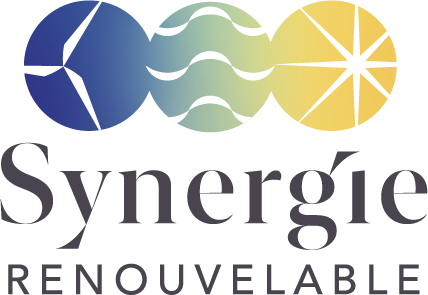Guinea-Conakry - Solar electrification of community services (schools, health centre, street lighting) and access to water by solar pumping in the village of Kambaco
- Selected project
- In progress
- Realized
Presentation of the NGO
Electriciens Sans Frontières
An international solidarity NGO recognized as a public utility since 1986 Electriciens sans frontières (Electricians without borders) aims to contribute to improving the living conditions of the poorest populations by mobilizing the know-how of its members in terms of access to electricity and water.
The objectives of the association are:
* To study, promote and implement development aid, solidarity and cooperation projects for disadvantaged populations in the fields of energy, integrating associated services, contributing to the satisfaction of needs such as health, education, access to water and economic development;
* To organise post-emergency and rehabilitation actions for the benefit of existing populations and organisations in regions with humanitarian crisis situations.
To achieve this, the association relies on a network of 1300 members in 14 regional delegations.
Context of the project
With more than half of its population living in poverty, Guinea is ranked 175th (out of 189 countries) in terms of human development by the United Nations Development Programme (UNDP 2018 Data). Many communities lack basic services: health, education, etc. Only slightly more than half of enrolled children complete primary school (59.6% in total, 52.1% for girls). 80% of the rural population are still illiterate (according to the latest UNESCO 2014 data available), despite some progress made in recent years. Access to water and electricity is scarce, especially in rural areas. This severely hinders local development of the village of Kambaco: difficult and time-consuming water chores, limited hygiene conditions, propensity for waterborne diseases, reduced evening activities because of lack of lighting (for student study, medical interventions at the health centre and community life in general).
In order to promote the socio-economic development of the village of Kambaco and its inhabitants, the Association of Youth and Volunteers for the Development of Kambaco (AYVDK), representing the population, have requested Electriciens sans frontières (Electricians Without Borders). It wishes to have lighting and water suitable for human consumption in the centre of the village (to add to the commercial attractiveness of the market, fight against waterborne diseases, reduction of water collection time) and to have access to electrical energy in a number of buildings of public interest (health centres, primary and secondary school classrooms).
Electriciens Sans Frontières (Electricians Without Borders) operates in more than 30 African countries, particularly since 2003 in Guinea-Conakry (11 projects some of which are in progress or completed, regular missions on site).
Presentation of the project
The energy problem
Guinea-Conakry’s energy context is characterized by significant potential of hydroelectric, solar and wind power, but largely under-utilized. Only a few large cities, including the capital, have a decent coverage rate. In 2016, while the rate of access to electricity was 82.2% in urban areas, it was only 6.9% in rural areas.
The village of Kambaco, located 450 km from the capital Conakry (7 to 8 hours of travel), has no access to electricity and is not included in the government’s national grid expansion plans for the coming years. The nearest electricity station is located in Pita, about 35 km from the village.
The lack of electricity also has an impact on the inhabitants’ access to water: the only collective access of the population to quality water is through a well, located 700m from the market and schools, and whose water must be pumped manually by the users, with great difficulty.
The adopted solutions
Electricity:
– Concerning access: it was decided to supply all villagers (public lighting & market), primary and secondary school pupils (classroom lighting and computer room), patients and health centre staff (lighting and vaccine storage), market traders (public lighting).
– Concerning production: For alternating current: centralized. 8 photovoltaic modules 250 Wp / 24 V (4 chains of 2 modules); 12 batteries 2 V – C 100 – 970 Ah connected in series; 1 electrical room for the 12 batteries, the C24 1200 VA converter and the MPPT 150/100 regulator. For direct current (vaccine preservative): 1 photovoltaic module 230 Wp / 24 V on the roof of the Health Centre building, the device is autonomous (no battery or regulator). Installation of 5 autonomous solar street lights: 80 Wp; 2400 lm; with integrated battery (1 near the production unit and 4 for the market).
Water:
– With regard to access: It was decided to give priority to supplying schoolchildren and users of the health centre, as well as women in the village who are primarily responsible for water chores. The surplus water production will be sold to the villagers in the market place.
– Concerning production: existing drilling equipment: installation of 1 pump with a capacity of 400 l/h and a capacity of 120 W, construction of a 5 m3 water tower, solar pumping with 2 photovoltaic modules of 43 Wp / 24 V; installation of 5 standpipes for water distribution at the Primary School (2), the Middle School (2) and the Health Post (1); 2 standpipes for water sales (market).



